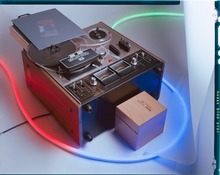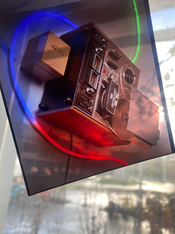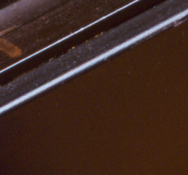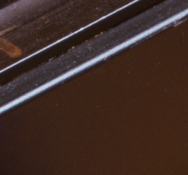Hi folks,
I've recently started to shoot 4x5 Ektachrome.
Although the slides look pretty ok when held up to the light, after i scan them, i'm needing to add about 1.7 stops of exposure in Lightroom to get the exposure i want. And also contrast.
I also need to adjust a quite extreme color cast.
Is this normal(ish)?
The end pic is acceptable, but i'm curious if a better result is possible without such extreme LR tweaks?
I'm scanning using a v850 Pro, Silverfast 9, flat settings (no tweaks) in Silverfast, scanning from the glass.
So when i scan in Silverfast, the scan looks pretty dark. Below is the pre & post Lightroom version.
(this is a test shot, it's not supposed to be award-winning photography!)
I'm using Cinestill CS6 "CREATIVE SLIDE" DYNAMICCHROME KIT (E-6) to develop. I read a lot of negative things about this process on the Interwebs, perhaps herein lies the problem?
Thanks in advance!


I've recently started to shoot 4x5 Ektachrome.
Although the slides look pretty ok when held up to the light, after i scan them, i'm needing to add about 1.7 stops of exposure in Lightroom to get the exposure i want. And also contrast.
I also need to adjust a quite extreme color cast.
Is this normal(ish)?
The end pic is acceptable, but i'm curious if a better result is possible without such extreme LR tweaks?
I'm scanning using a v850 Pro, Silverfast 9, flat settings (no tweaks) in Silverfast, scanning from the glass.
So when i scan in Silverfast, the scan looks pretty dark. Below is the pre & post Lightroom version.
(this is a test shot, it's not supposed to be award-winning photography!)
I'm using Cinestill CS6 "CREATIVE SLIDE" DYNAMICCHROME KIT (E-6) to develop. I read a lot of negative things about this process on the Interwebs, perhaps herein lies the problem?
Thanks in advance!


Last edited:






